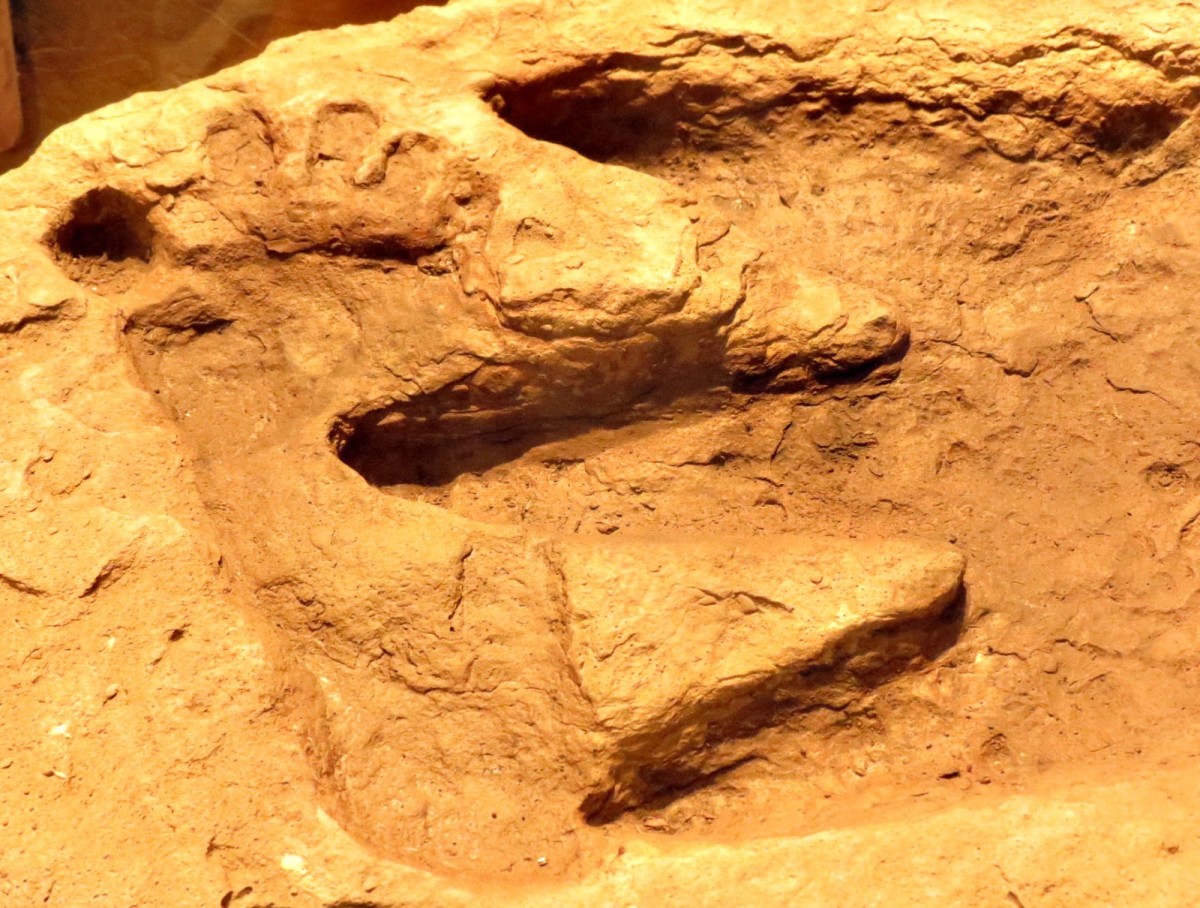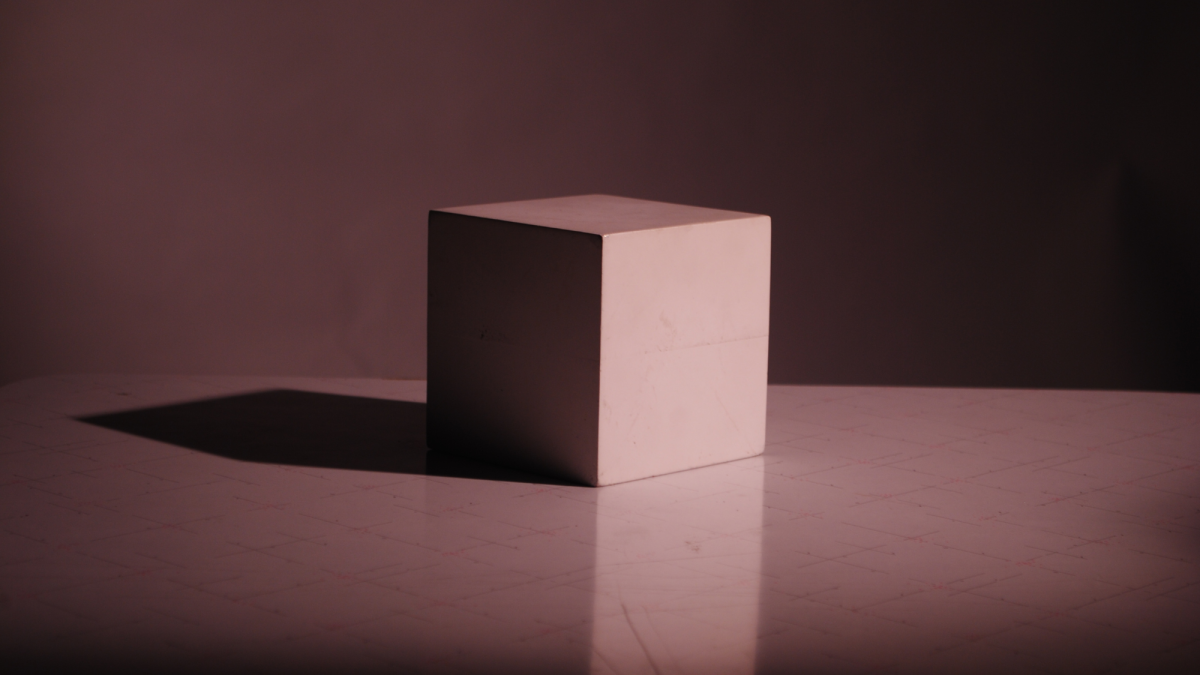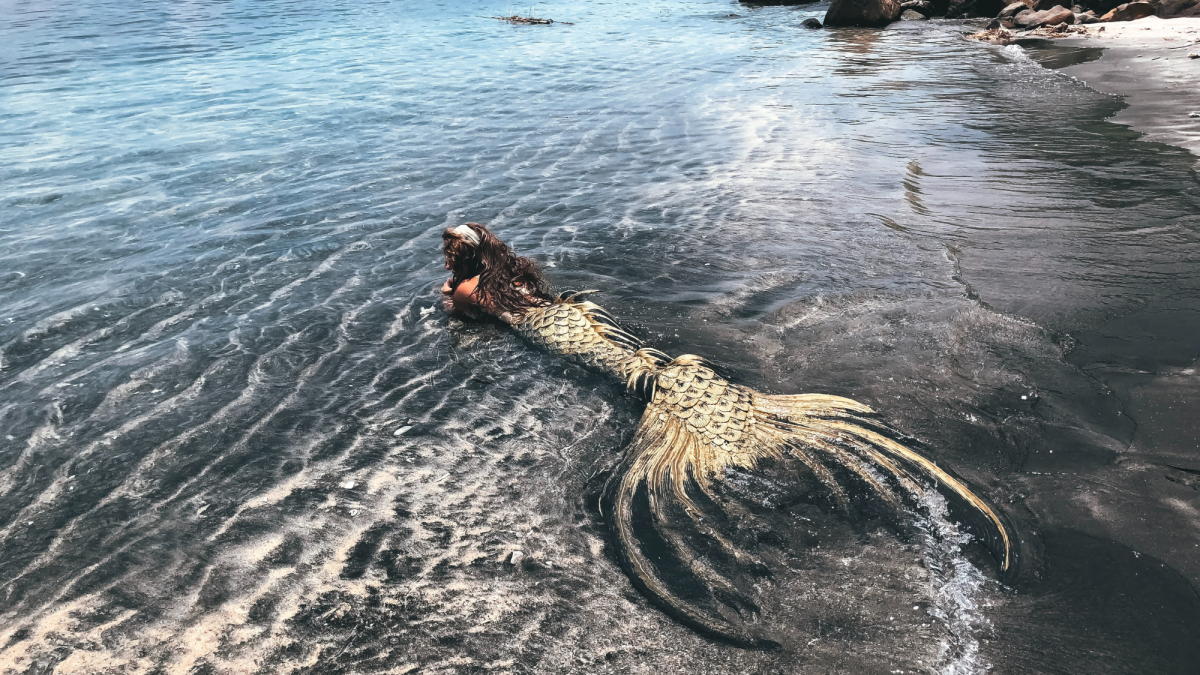Cloning Humans
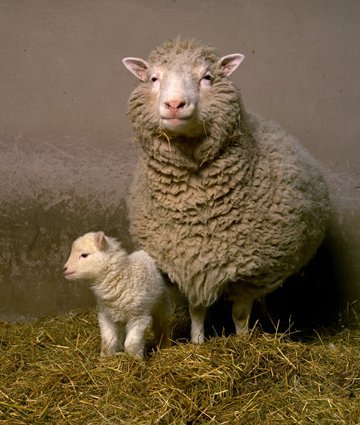
What is Cloning?
In February of 1997, a group of Scottish scientists successfully cloned Dolly, a full grown female sheep. Dolly was completely healthy until age six, when she was diagnosed with a lung diseases and was euthanized. Dolly even had a baby, Bonnie. This miraculous step in science raised the million dollar questions: Is human cloning just around the corner?
To simplify the definition, cloning is the process of creating a genetically perfect copy, or twin, of a living organism. To date, five mammals -sheep, cattle, goats, mice, and pigs- have been cloned.
There have been claims that humans have been successfully cloned, all of which are false. A notable claim was a group of Korean scientists in 2004 who actually provided convincing evidence. The evidence was posted in Science magazine, but soon proved fraudulent and the hype was over.
How does cloning work?
The Korean scientists were not trying to actually clone an adult human. Instead, they took an embryo and attempted to clone that. Their theory was if a skin cell is used, which has all the necessary DNA to form a cloned human, an embryo wouldn't resist the cell and help the cell develop and multiply. This was how Dolly was cloned.
The problem lies in the cell. The cell is physically changed to incorporate its job functions. All cells physically change. For instance, skin cells change by shutting down some of the parts the cell doesn't use. Those same parts of the cell may be the main part for another type of cell. Every single cell, although similar, is not actually identical!
Dolly was created by taking a skin cell and putting it into an embryo. By some miracle scientists have trouble explaining the changes the skin cell made to incorporate its job functions are fixed and the cell is restored to 'normal' by the egg. The cell fertilizes the egg with its DNA and "natural: reproduction takes place.
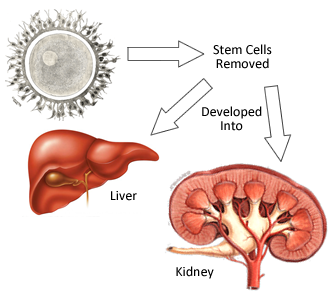
Therapeutic Cloning
Therapeutic cloning (TC) is a major reason why human cloning attempts are made. TC is the process of actually cloning human organs and tissues for medical purposes. By cloning organs, transplants become more readily available and, possibly, people can save their organs in case they need a transplant of their own. Hey, what better organ to use than the very same one I am using now!
The process, however, is much more difficult than 'regular' cloning. As usual, a skin cell is implanted in an embryo and develops. After about two weeks, the embryo has grown enough to have produced plenty of stem cells. These stem cells are extracted, killing the embryo. The stem cells are then manipulated to grow into the desired tissue or organ.
Although difficult, the thought of having unlimited organs for transplants is too desirable to stop now.
The Risks of Human Cloning
Typically, very few cloning attempts actually work, even with 'easy' mammals such as mice or sheep. Many of the clones die in the embryo, and the ones that make it have a high bird-defect rate and are euthanized upon birth.
The female carriers of the clone are also at notable risk. A women's reproductive system can easily be damaged during a clone pregnancy. An abnormally high amount of hormones are created to boaster egg production and therefore harm the female.
Another option is to surgically remove the eggs from the female, which itself has risks.
Why haven't I heard anything about cloning progress?
I agree, its a pretty well kept secret, until you do some digging. During George Bush's presidency (George W), he argued how cloning humans was morally wrong and should be stopped in the United States. Also, no human has been successfully cloned yet, and there really is no 'progress' per say. Most of the attempts are blind shots in the dark with analysis of what went wrong. Creating a human clone is like catching a fish, releasing it into the ocean, and trying to catch the very same fish again.
With all this negative vibe you must be getting, it still is possible that tommorow morning's newspaper could have a picture of a dozen men, all virtually identical!




